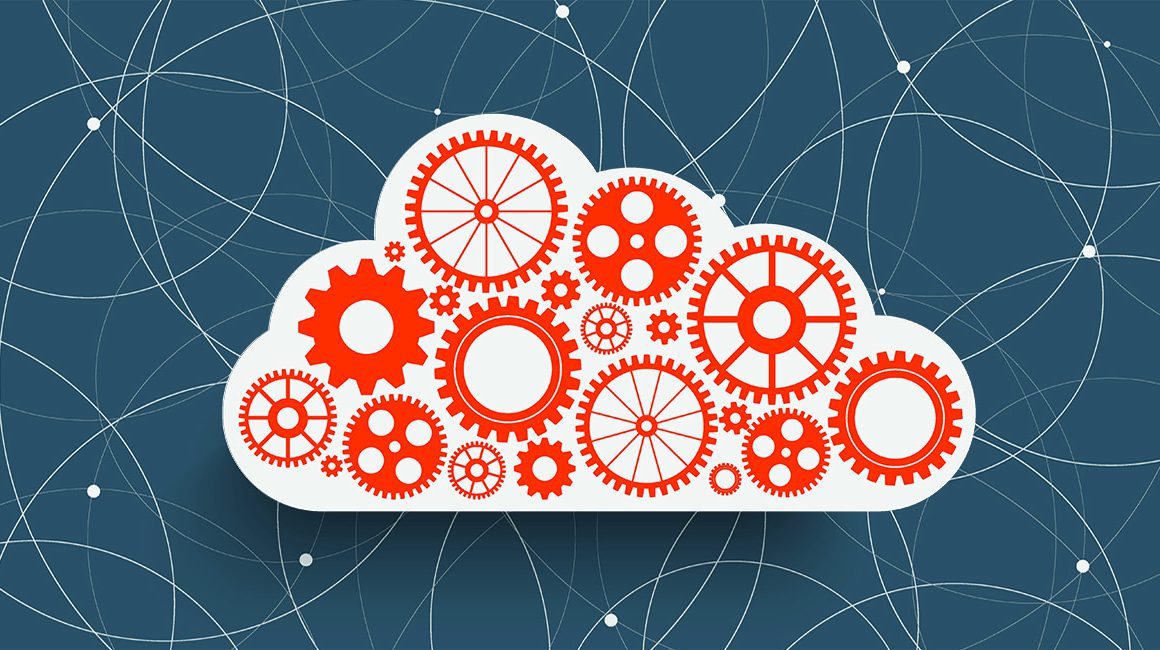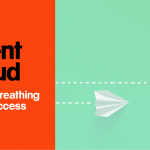Ferris really knew how to plan, he had it all worked out down to the last detail. For a failed Rockstar like myself I was particularly impressed with the use of the Emulator Sampler he used to play back his variety of coughing noises. More impressive still was the fact an Emulator would have cost the equivalent of £25,000 pounds in today’s money. Where did Ferris get that kind of Money? By the way more on the Emulator here.
Moving on, for the most part Ferris’s plan panned out, although Cameron’s Dad’s Ferrari flying out the garage into the forest was not perhaps anticipated. Without any kind of consideration Ferris would most definitely have got caught out and Ashmead Comprehensive School Disco in 1986 would have been spared my rendition of Twist and Shout.
Migrating away from your expensive and sometimes restrictive managed outsourcer agreement or in-house datacentre to the public cloud can be rewarding in many ways but careful planning and preparation is required. In the first of our three part blog series on the subject Paul Collins – Sol-Tec’s Head of Cloud Infrastructure Services highlights some of the basics.
Why do you want to move to the cloud?
It’s important to understand why you want to move to the cloud. What’s your primary objective for cloud adoption? If you don’t understand this you won’t be able to judge whether your cloud migration is hitting the target or not. The cloud is no different from any other project in so much as you need to define clear goals, objectives and have strong executive sponsorship.
Does it make sense?
If you are embarking on a cloud migration, before making the move you will want to be sure that it makes sense from a cost and performance standpoint. This means accurately understanding the costs of running your infrastructure & applications from the cloud with the same or better performance. Don’t fall into the trap of performing a “like for like“ comparison as that won’t give you an accurate estimate, because you won’t have a grasp of the efficiencies the public cloud can deliver. So this is really where you need to right-size your cloud to account for the optimal compute, storage and network settings to make sure you can achieve the maximum performance for the lowest possible cost.
Which Cloud Provider?
There are three prominent cloud providers, Microsoft Azure, Amazon Web Services (AWS) and Google. Before determining which cloud to move to you should consider; security, costs and business needs. For example when it comes to security it’s critical that you have a good understanding of how each cloud provider secures their network and your data, as well as what security and compliance certifications the provider holds.
What applications shall I migrate & what if anything should stay?
Naturally some applications will be more suitable for the cloud than others. This is often based on application performance profile and usage patterns. Some applications will immediately benefit from the agility and efficiency of the public cloud – those with variable usage patterns are great candidates for cloud migration.
Considerations such as licensing support and regulatory issues also need to be taken into account and these may determine which cloud you can use. In some instances you may even need to retain a subset of applications on-premises in a hybrid cloud configuration.
What First?
Some applications are best to move to the cloud early in the migration project, whilst others should be tackled later on. As a general rule, it’s best to migrate the least complex application in the initial phases as you adjust to running and managing cloud infrastructure and services.
Which deployment model is best?
All of the main providers offer multiple deployment models. These being Infrastructure as a Service (Iaas), Platform as a Service (PaaS) and Software as a Service (SaaS). Each model offers different levels of control, flexibility and management. Making sure you understand the different deployment models will help you decide which model is best aligned with your application / need.
Don’t forget Organisational Change
Every organisation is different as is the maturity of their IT offering. However, once you have determined that a cloud migration makes sense it’s important to think about how the organisational culture and policies will be impacted. You will most likely need to consider new security policies, gain new skills and foster a new mindset around how to manage your cloud environment in a fluid and dynamic way to allow you to take full advantage of the flexibility the public cloud offers.
Know what to test
Even with the right planning you may still encounter some issues during a large-scale cloud migration project. It’s therefore best to make sure you have robust testing tools and processes in place prior to migrating services. One of the most common cloud migration issues is application connectivity issues, these often occur because of incomplete dependency mapping. I would strongly recommend that you adopt a tools based approach to mapping dependencies prior to migration and ensure the tools you use can quickly identify the cause of connectivity issues post migration so you can quickly rectify any issues and avoid performance problems or worse still, downtime.
Before We Go
Before we finish up it’s worth taking a moment to consider that a migration to the public cloud presents you with an opportunity to consider your IT estate as a whole. Quite often we fall into the trap of holding onto our applications for too long for fear of complexity, access to source code, lack of documentation, skills, time or for other reasons, we are just too busy fighting fires to add this to our strategy planning; and that’s a problem. Cloud migration at scale requires you to visit every application and determine how it should be architected for the cloud world.





